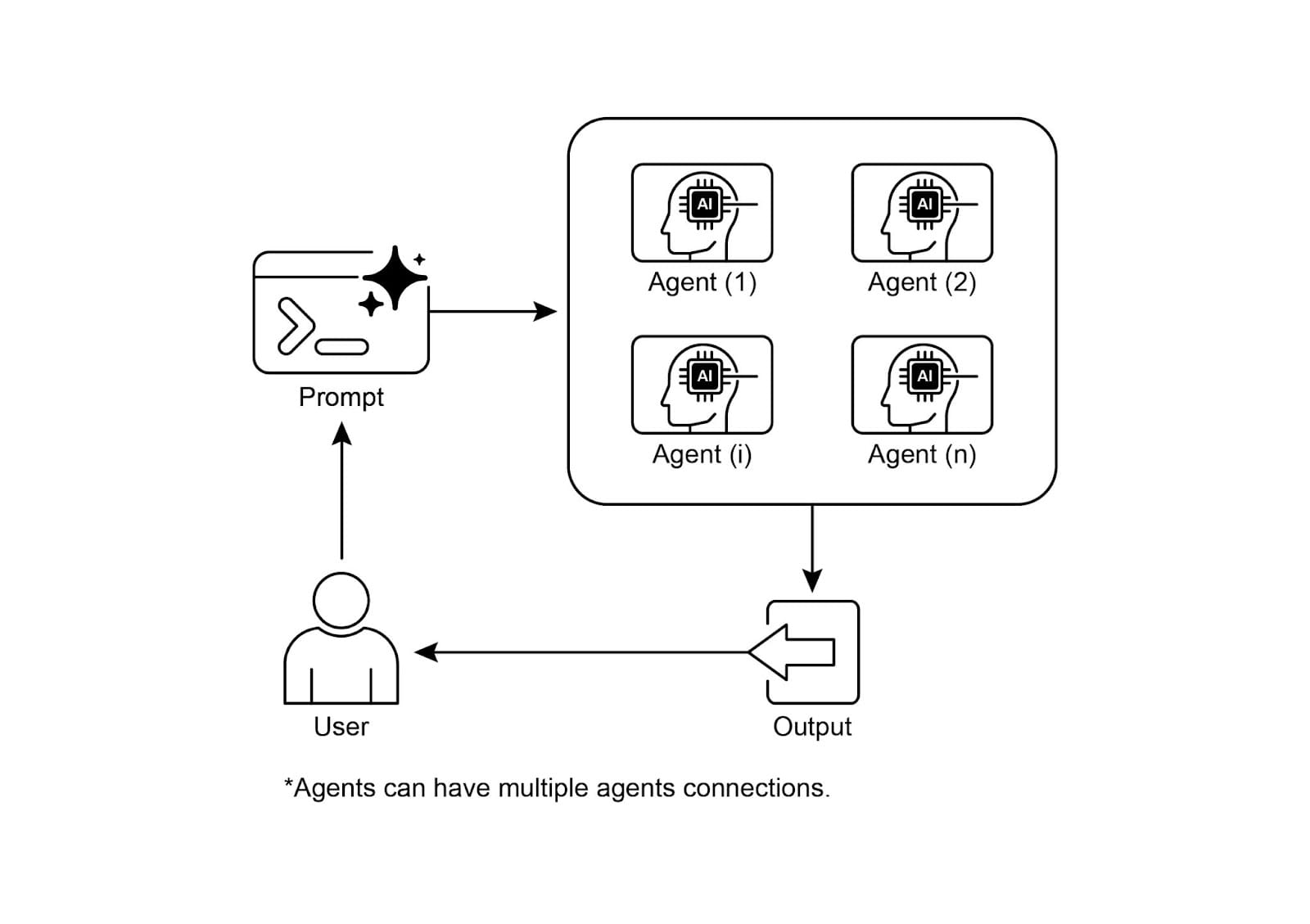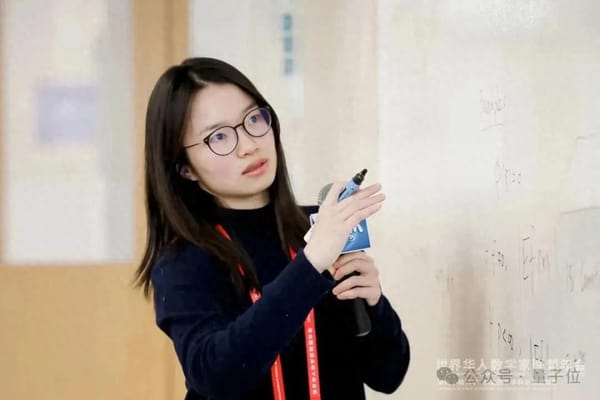# Launch of the *Agentic Design Patterns* Chinese Translation Project
## Overview
Just as *Design Patterns* was once considered the bible of software engineering, the freely shared **Agentic Design Patterns** — authored by senior Google engineering leader **Antonio Gulli** — offers the first systematic set of design principles for the fast-evolving AI agent ecosystem.
The book delivers **21 core patterns** for AI agents, covering technologies from **prompt chaining** and **tool usage**, to **multi‑agent collaboration** and **self‑correction**.
> **Foreword:** *Saurabh Tiwary*, VP of Google Cloud AI
> **Endorsement:** *Marco Argenti*, CIO of Goldman Sachs
---
## Translation Project
We are translating this book into Chinese using the workflow:
**Initial AI translation → AI cross‑review → Human review → Human cross‑review**.
Updates will be published in an open‑source repository:
[github.com/ginobefun/agentic-design-patterns-cn](https://github.com/ginobefun/agentic-design-patterns-cn)
### Completed Chapters
- [00 – Preface](https://www.ginonotes.com/posts/agentic-design-patterns-front-matter-translation)
- [01 – Prompt Chaining Pattern](https://www.ginonotes.com/posts/agentic-design-patterns-prompt-chaining-translation)
- [02 – Routing Pattern](https://www.ginonotes.com/posts/agentic-design-patterns-routing-translation)
- [03 – Parallelization Pattern](https://www.ginonotes.com/posts/agentic-design-patterns-parallelization-translation)
- [04 – Reflection Pattern](https://www.ginonotes.com/posts/agentic-design-patterns-reflection-translation)
- [05 – Tool Use Pattern](https://www.ginonotes.com/posts/agentic-design-patterns-tool-use-translation)
- [06 – Planning Pattern](https://www.ginonotes.com/posts/agentic-design-patterns-planning-translation)
- [07 – Multi-Agent Collaboration Pattern](https://www.ginonotes.com/posts/agentic-design-patterns-multi-agent-collaboration-translation)
---
## Multi‑Agent Collaboration Pattern — Highlights
### Concept
This pattern expands beyond the limits of a single agent by organizing **multiple specialized agents** to cooperate — each having its own responsibility, tools, and expertise. Complex, cross‑domain tasks are **decomposed into smaller sub‑problems**, then assigned to the right agents for parallel or sequential execution.
**Forms of Collaboration:**
- Sequential
- Parallel
- Hierarchical
- Debate-based
**Value:** Improved modularity, fault tolerance, and synergy. Failure of one agent does not collapse the system.
---
## 1. Six Collaborative Architectures
- **Single Agent** — Independent execution, no inter-agent communication.
- **Networked** — Peer‑to‑peer info & task exchange, flexible but requires coordination.
- **Supervisor Model** — Central agent manages task distribution and conflict resolution.
- **Supervisor-as-Tool** — Supervisor offers resources/guidance, not direct control.
- **Hierarchical Structure** — Multi-layer management with delegated execution.
- **Custom Architecture** — Tailored hybrids optimized for specific scenarios.
---
## 2. Six Collaboration Formats
- **Sequential Handoff** — Pipeline workflow.
- **Parallel Processing** — Concurrent execution of sub‑tasks.
- **Debate & Consensus** — Agents evaluate and agree on solutions.
- **Hierarchical Delegation** — Managers assign tasks dynamically.
- **Expert Team** — Domain‑specific agents cooperate (e.g., researcher, writer, editor).
- **Reviewer Model** — Separate review agents ensure quality & compliance.
---
## 3. Application Scenarios
- Complex Research & Analysis
- Software Development Pipelines
- Creative Content Campaigns
- Financial Market Analysis
- Customer Support Triage
- Supply Chain Optimization
- Network Fault Diagnosis & Repair
---
## 4. Implementation Frameworks
- **CrewAI**
- Define *roles*, *goals*, *backstories*.
- Create tasks; group in a **Crew**.
- `kickoff()` to execute sequential workflows.
- **Google ADK**
- Hierarchies via `sub_agents`.
- Iterations with `LoopAgent` & `max_iterations`.
- Sequential data handoff using `output_key`.
- `ParallelAgent` for concurrent tasks.
- `AgentTool` to wrap an agent for use by others.
---
## 5. Trade‑offs & Considerations
**Use when:**
- Tasks exceed a single agent's capabilities.
- Work can be split into subtasks with distinct skill needs.
**Considerations:**
- Added complexity in communication & coordination.
- Choose architecture carefully based on workflow needs.
**Core Value:**
Scalable, fault‑tolerant, and modular systems that outperform monolithic agents.
---
## Code Examples
The document includes multiple **Python code samples** demonstrating:
- CrewAI sequential orchestration
- Google ADK hierarchical, parallel, sequential, loop, and agent-as-tool patterns
Each example builds on the theory, showing **agent roles**, **task definitions**, and **workflow execution**.
Keep the code verbatim — see full examples in the original text.
---
## Visual Summaries

**Figure 3:** Multi-Agent Design Pattern
Key points:
- Clear professional roles
- Independent executable tasks
- Defined communication mechanisms
- Collaboration forms: sequential, parallel, debate, hierarchical
---
## Conclusion
The **Multi-Agent Collaboration Pattern** enables decomposition of complex problems into specialized agents with coordinated communication.
This produces synergy beyond single-agent capacity.
It is foundational for AI-driven workflows in research, content creation, software, analysis, and more — especially when integrated with **publication & monetization platforms** such as [AiToEarn](https://aitoearn.ai/).
**References:**
- [Survey of Large Language Models: Multi-Agent Collaboration Mechanisms](https://arxiv.org/abs/2501.06322)
- [Introducing Multi-Agent Frameworks — The Power of Collaboration](https://aravindakumar.medium.com/introducing-multi-agent-frameworks-the-power-of-collaboration-e9db31bba1b6)
![Multi-Agent Collaboration Pattern in 'Design Patterns for Intelligent Agents': Division of Labor to Break Single-Agent Limitations [Translation]](/content/images/size/w1200/2025/10/img_001-132.png)



